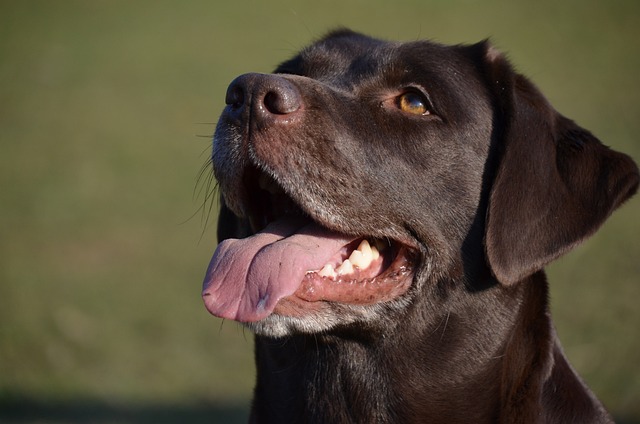
Early Signs of Heart Disease in Dogs Treatment and Care
Early signs of canine heart disease are subtle but crucial. Spotting them can extend your dog’s life and improve their quality of care—don’t ignore the quiet warning signs.
Watching your dog strain to pee or wince in discomfort feels like a punch in the gut. Urinary tract issues can sneak up on our furry companions, but the good news? You’ve got the power to boost their bladder health and keep those potty breaks stress-free.
First things first: know the signs. Straining, frequent attempts to urinate with little output, blood in the urine, or accidents inside—these are red flags. While home remedies can help, ignoring symptoms violates basic animal welfare standards in many regions. Always consult a licensed vet at the first sign of trouble—it’s not just good pet parenting; it’s often required by law.
Hydration is the foundation of urinary health. Most dogs need about an ounce of water per pound of body weight daily. But getting them to drink enough isn’t always easy. Try adding warm water or low-sodium broth to their kibble, or invest in a pet fountain. The sound of running water often entices even the pickiest drinkers, and keeping a few water bowls around the house ensures easy access.
Diet plays a huge role. Many commercial dog foods contain high levels of minerals that can contribute to bladder stones. Look for formulas labeled “urinary health” that balance calcium, phosphorus, and magnesium. Just be careful—switching diets too abruptly can upset your dog’s stomach. Gradually mix the new food with the old over 7-10 days. And if you’re making homemade meals, check with your vet to ensure proper nutrition.
 Regular exercise isn’t just for weight management. Physical activity helps flush toxins from the urinary tract and improves blood flow to vital organs. A brisk 30-minute walk twice a day does wonders, but adjust the intensity based on your dog’s age and breed. For older dogs or those with joint issues, gentle swimming or short play sessions work great.
Regular exercise isn’t just for weight management. Physical activity helps flush toxins from the urinary tract and improves blood flow to vital organs. A brisk 30-minute walk twice a day does wonders, but adjust the intensity based on your dog’s age and breed. For older dogs or those with joint issues, gentle swimming or short play sessions work great.
Cleanliness matters more than you might think. Keep your dog’s bedding and living area spotless, especially if they’re prone to urinary accidents. Bacteria thrive in damp environments, increasing the risk of infections. When bathing your dog, use mild, pet-safe products and avoid harsh soaps that can disrupt the natural pH balance around the urinary area.
Supplements can be a game-changer, but proceed with caution. Cranberry extract is popular for its antioxidant properties, but high doses can cause stomach upset. Always consult your vet before adding any supplement to your dog’s routine. Some areas have strict regulations on pet supplements, so make sure you’re buying from a reputable source that complies with local standards.
Monitoring your dog’s bathroom habits becomes second nature when you’re focused on urinary health. Keep an eye on how often they pee, the color and consistency of their urine, and any signs of discomfort. A simple chart on your fridge can help you track changes over time. Remember, early detection is key to preventing more serious issues down the road.
Improving your dog’s urinary tract health is a journey, not a quick fix. It takes patience, consistency, and a little detective work. But every small step you take—whether it’s swapping their food or adding an extra water bowl—brings you closer to a happier, healthier pup.

Early signs of canine heart disease are subtle but crucial. Spotting them can extend your dog’s life and improve their quality of care—don’t ignore the quiet warning signs.

Early detection and care can help dogs with heart problems live joyful, active lives—discover how timely treatment transforms their health and happiness.

Watching your dog strain to pee or wince in discomfort feels like a punch in the gut. Urinary tract issues can sneak up on our furry companions, but the good news?

Ever had that gut-wrenching moment watching your Golden Retriever struggle up the stairs,or noticed your Chihuahua panting wildly after a short walk?These aren't just normal signs of aging—they could be early whispers from your dog's heart.

Picture this: You’re sipping coffee on a Sunday morning when your Labrador retriever scratches the hardwood floor, the sound echoing like tiny drumsticks.

Hearing click-click-click as your dog walks across the hardwood floor? That’s the universal sign it’s nail trim time.